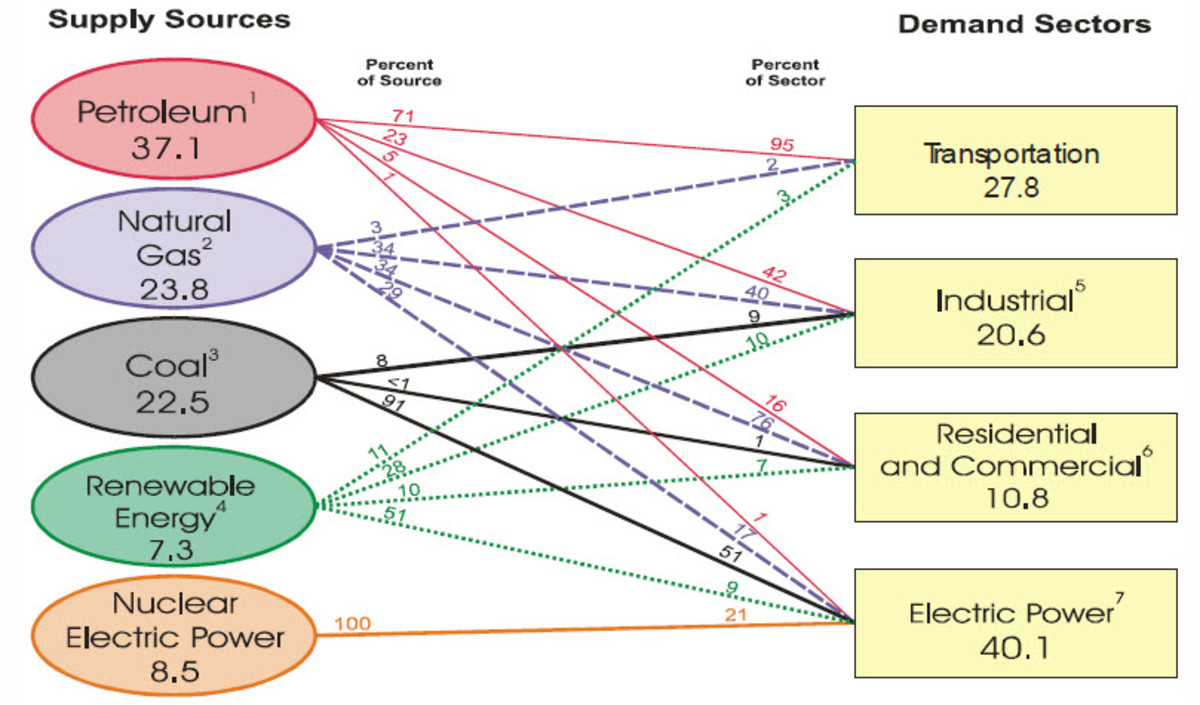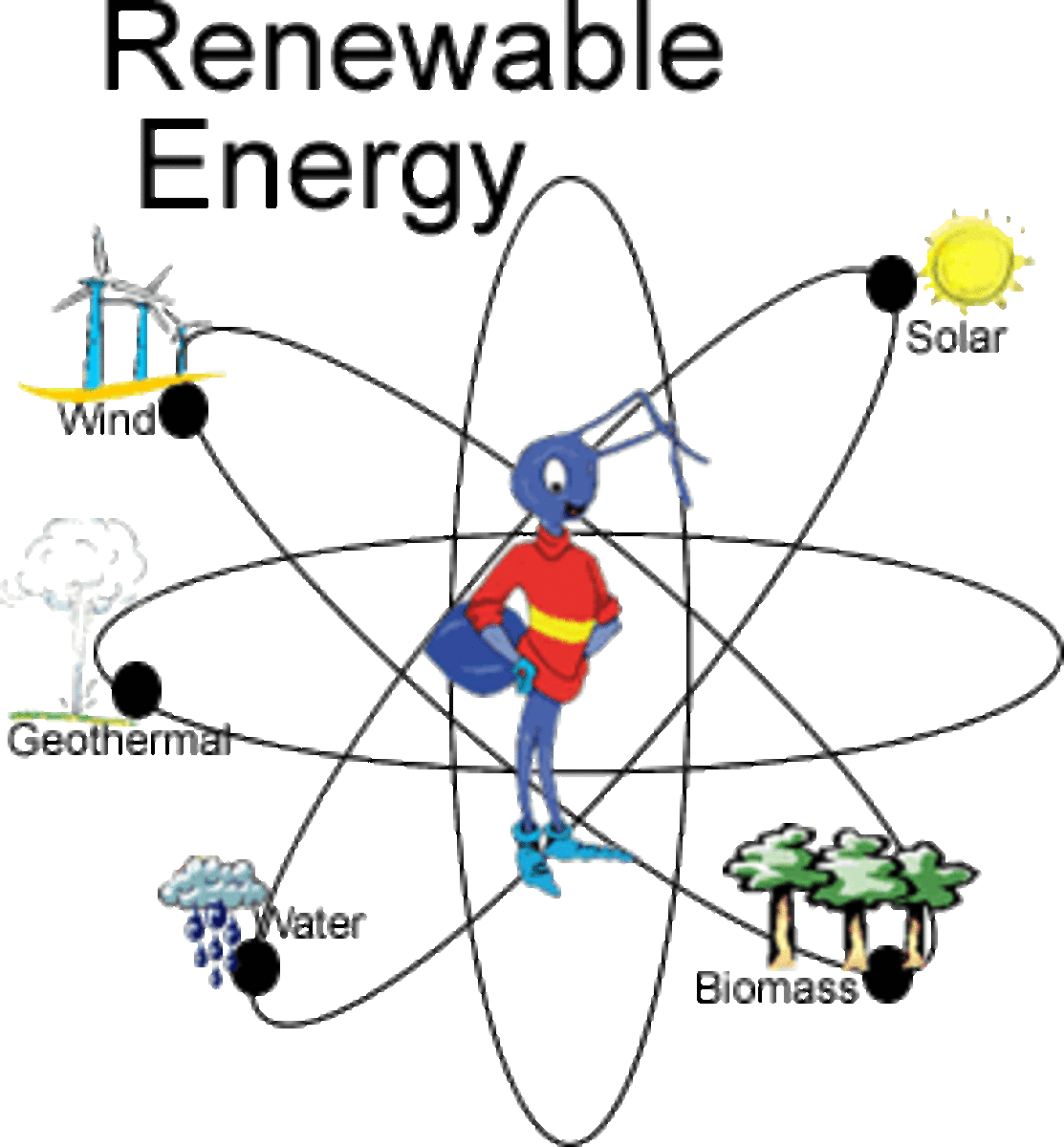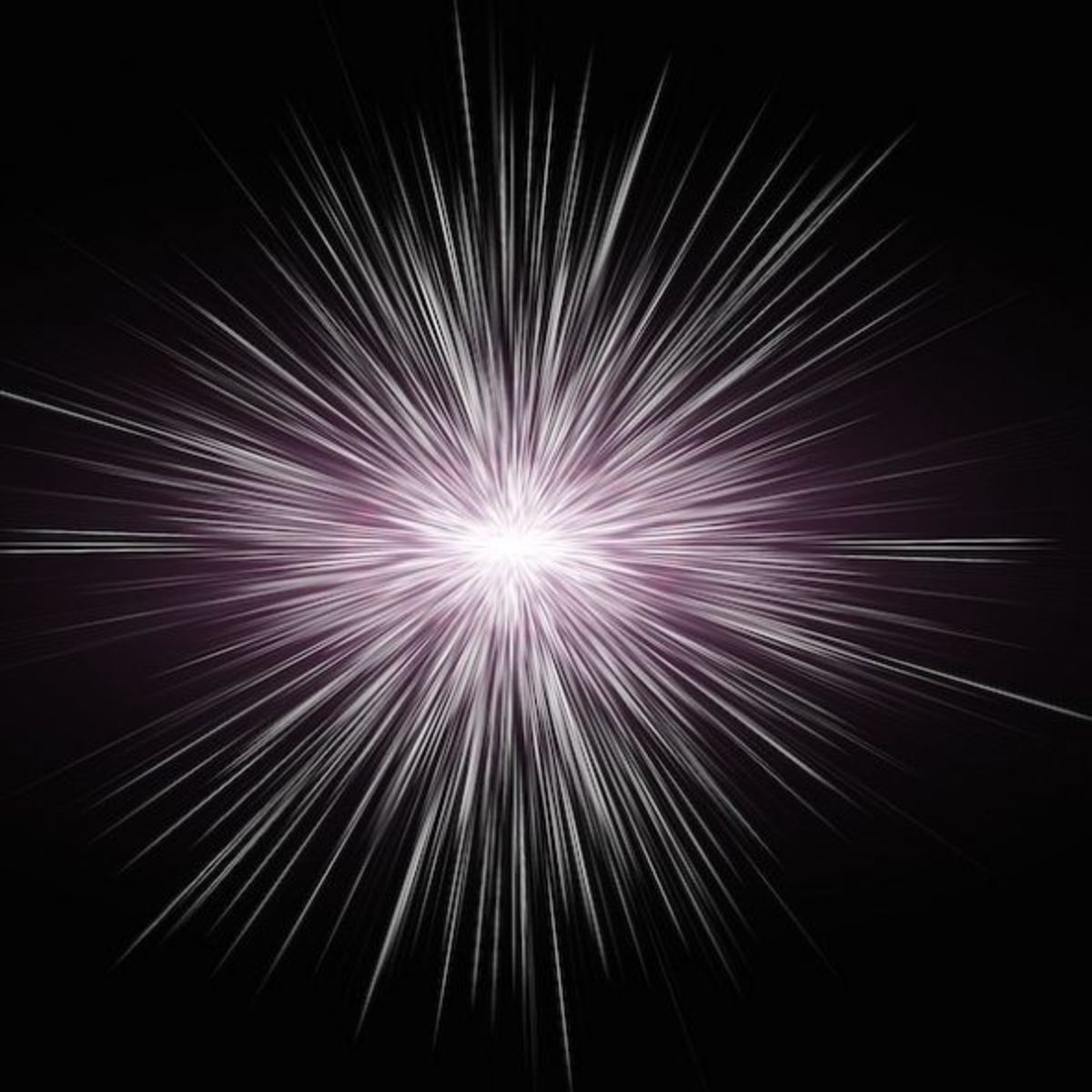How to Use Green Electricity in Your Home
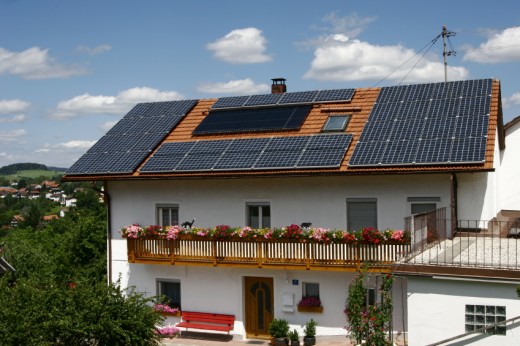
Think about this: How do you use green electricity in your home? Let this question guide you as you read.
Most sustainable efforts are led by large entities: governments, corporations, social organizations—and this is good and necessary. These groups have the money, means, and power to make decisions for the rest of us that possess none of those resources or a clue about how to start. But this doesn’t preclude our responsibility to make sustainability a priority in our lives.
Green living—when looking from the opposite direction—is also a grassroots movement. For a long time people have been giving voice to the displaced concerns about our ecological welfare; and, unfortunately, inattention has now brought us to the place where we must listen. But hope remains in the little each of us can do to meet the big-spenders somewhere in the middle.
You see, changing an incandescent to a CFL or recycling your plastic bags is what a first step looks like. In fact, these small-scale actions are ways we speed the world’s transition to environmental resourcefulness. Moreover, such action, ever compounding, gets noticed by the big organizations—the intransigent ones as well—and pressures them to change.
Test Your Electricity IQ!
view quiz statisticsWhat is Green Electricity?
The next step in household sustainability is capable of letting us live "off the grid" entirely. You may have heard of some methods, like rainwater collection and geothermal heating, among many others. Green electricity is also a common and growing custom among serious clean energy adherents, or those simply trying to save on utility bills.
Green electricity is no savvy new quality of energy: electricity is all the same and is a very clean form of energy. But green electricity is so differentiated for how it is derived.
Most electricity is generated in ways that create pollution and use non-renewable sources; such is the case with coal and gas-fired power plants and nuclear power plants. Green electricity, however, uses renewable sources of energy (water, wind, the sun) to move turbines that create electricity and produces no pollution in the process.
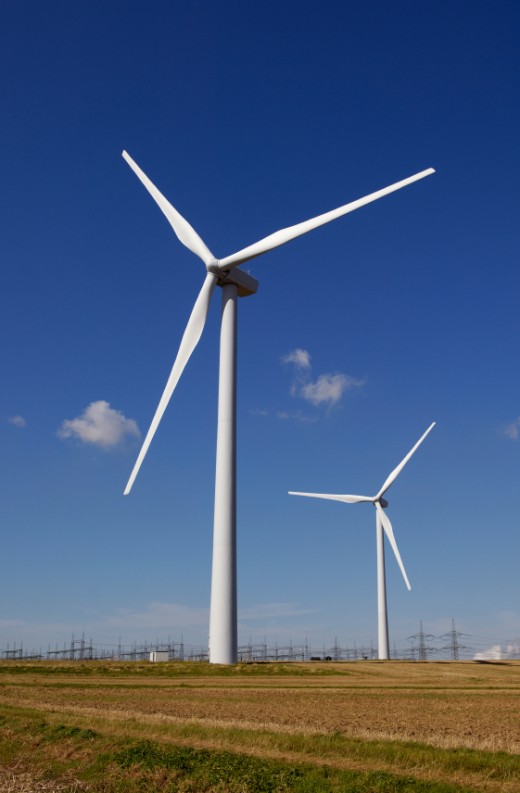
Using a Home Wind Turbine
Green electricity is produced several ways: by means of water (hydroelectric or tidal), heat (geothermal), plants (biofuels and biomaterials), the sun (solar), and wind. Although any of these can be used to benefit the individual home, most are suited for large scale energy providers. Only two are better suited for the household: wind and solar power.
Wind turbines are a simple mechanism: wind energy turns blades that drive a turbine, which creates electricity. And the energy is commensurate—the stronger the winds, the more energy that is generated. Most of the people that install wind turbines do so to reduce the amount of energy used from traditional sources. It is important to understand that it takes a large turbine or several small ones to generate any significant portion of energy from wind power.
Utility Wind Turbine Facts
- Utility-scale turbines, the biggest kind, cost about $2 million per megawatt to install. Most average two megawatts but are able to supply energy to 500-600 homes.
- Current utility turbines stand at 363 feet. The blades are each 100 feet in length.
- Today's turbines have a lifespan of 20-30 years.
- These giant structures are quiet: about the equivalent of your home refrigerator.
Domestic Turbines and Energy Savings
Domestic-sized turbines are either pole-mounted or building-mounted. Pole-mounted turbines stand high—between 80 and 120 feet—where strong winds are not hindered by ground structures and trees. These can produce up to 500 kilowatt hours each month—still only about half the energy a typical home uses monthly. And they are expensive: around $20,000 or more to install.
The more commonly installed roof-top mounted turbine is affordable (from $500) and capable of reducing utilities by 10 percent. Yet their cost effectiveness must be considered with regard to location. For instance, wind turbines are not recommended for dense urban areas because of large buildings and the tendency for erratic wind patterns.
Definition: Net Metering
The option to purchase excess energy derived from green electricity sold back to the grid, or the power company.
Do Wind Turbines Save Money?
The purchase of a wind turbine should be properly understood: it is an investment. It is an obvious investment in green living but also a financial one with several benefits. First, wind turbines can last more than 20 years and need little maintenance. They also add value to the resale of a house.
Further, tax breaks and energy mortgages are available for clean energy technology.
Still it gets better. Many energy companies offer an option called net metering. This means that any unused electricity derived from the wind turbine can be sold back to the grid, or the utility company. Think about it: You already pay a smaller utility bill because you use a wind turbine; but now the utility company pays you—and your utility bill—for your excess energy!
Utility companies then offer that green electricity to other green-conscious customers albeit at slightly higher prices (called green pricing). So your green energy is now helping the neighbors!
There are many factors in determining whether a wind turbine is for your home. But if the question is whether they save money or not…well that cannot be denied.
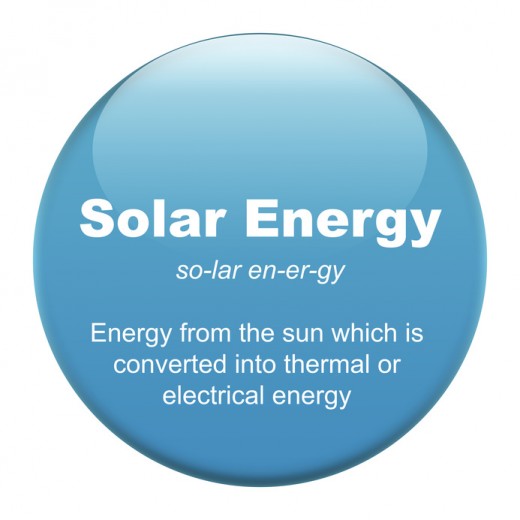
Using Solar Energy in the Home
Solar energy is used in the home more than any other renewable form. It is most commonly used to heat swimming pools and is also used to heat water and for electricity.
Solar electricity is a growing industry. Solar power plants in parts of Western United States are steadily increasing in number. Solar cell, or photovoltaic (PV), technology lies at back of this energy source. These cells change sunlight directly into electricity. Solar cells were first developed in the 1950s for use on satellites. There are various materials and types of cells, but only a few are commonly used.
How Solar Cells Work
The way solar cells work is basic physics. The cells have two layers—positive and negative—consisting of semiconductor material (usually a type of silicone). When sunlight strikes a cell or panel of cells, electrons are knocked loose; the electric field within the cell then pulls the electrons in a directional current; metal contacts in the cell turns the flowing electrons into electricity.
Definition: Green Pricing
The cost for excess green electricity that has been sold back to the grid. Prices are slightly higher than charges for energy produced by normal methods.
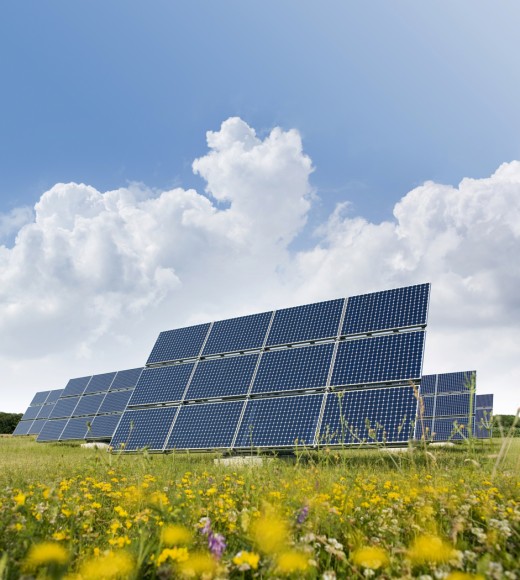
Solar Power Use in America
There are more than 10,000 homes in the U.S. that are completely powered by solar energy; and more than 200,000 homes use some type of PV technology. In fact, solar products such as roof shingles and glass facades are now emerging in the green building market. These products not only look good but also, amazingly, generate electricity.
PV systems save money and it is possible to live off the grid with solar panels. But there are more factors to contend with to maximize a PV system than there are with a wind turbine—shade, obstructions, decreased cell output, cloud cover, and angles. Many people use dynamic mounts that allow panels to track the sun for maximum exposure.
One more thing: solar energy is expensive—very expensive.
A basic PV system costs between $15,000 and $20,000. These prices are steadily decreasing, but the flourishment of solar homes may never occur, especially when buying electricity off the grid is relatively cheap. People who live in extremely sunny areas or who have minimized their utilities to the point that a PV system would actually pay them for using it—these are the ones who will benefit the most.
Resources on Green Electricity
- Energy Efficient Mortgages (Energy Star)
- YouTube: How Photovoltaics are Made (Bosch)
An excellent video explaining how solar cells are made. - Worlds Greenest Homes
The playlist of PlanetGreen's popular TV show - excellent!

